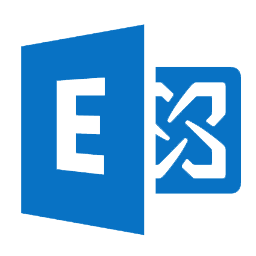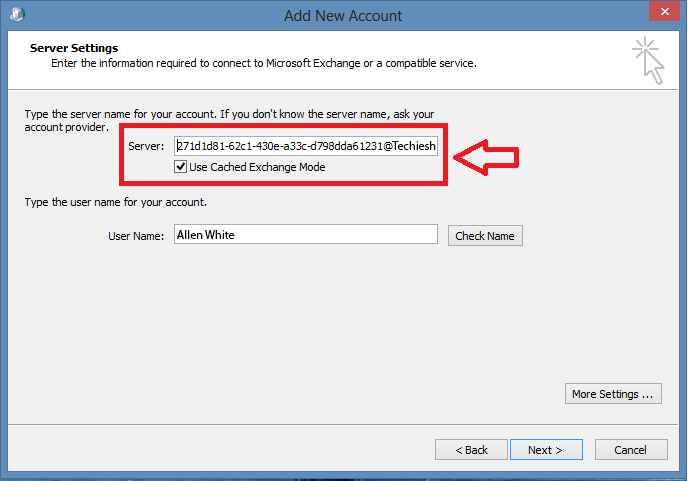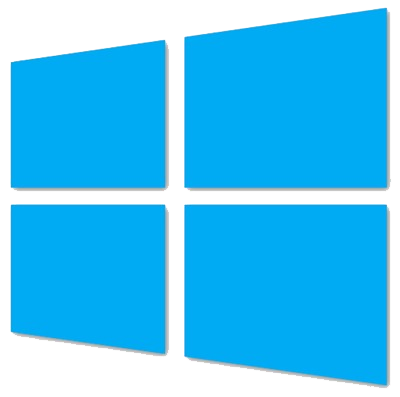
Exchange 2013/2016 Clients Show Numbers Instead of Server Name
If you have deployed Exchange 2013 and Exchange 2016 then you will have users connecting to it one of two ways, either Outlook Web Access or an Email Client. If you use Microsoft Outlook you will be away of the section under Mail where you enter the saver name and the users account and click “check name”, the client goes off and checks that the user account is valid and connects Outlook to the mailbox. In Exchange 2013 you may of noticed that once you hit “check name” it underlines the users, however the server name is a displayed as numbers , then the @ sign then your domain name.
Don’t worry, this is normal, Exchange 2013 and Exchange 2016 now actually shows your GUID mailbox number instead of the server name.
Microsoft Outlook clients no longer connect to your servers fully qualified domain name like they used to. Outlook uses the Autodiscover service ( and the A record you create in DNS pointing to your CAS server ) to connect to your Exchange 2013 server. this is displayed as the mailbox GUID of the user, the @ symbol, and your domain name of the user’s primary SMTP address. So do not think that this is a problem, it is in fact by design. http://technet.microsoft.com/library/jj150540%28EXCHG.150%29
Tags: GUID






David
| #
Hi Allen, this really doesn’t change too much, the only issue I’ve come across is a migration to Exchange 2013.
If you have Outlook configured already and you migrate the mailbox to Exch 2013, Outlook will kindly prompt and say you need to restart once it’s changed the server name.
If you connect via Outlook Anywhere it just stops saying the mailbox server is unavailable. The fix was to connect to a VPN, disable Outlook Anywhere allowing Outlook to connect as though it were local and therefore changing the server name to the new address, then enable Outlook Anywhere again.
Reply